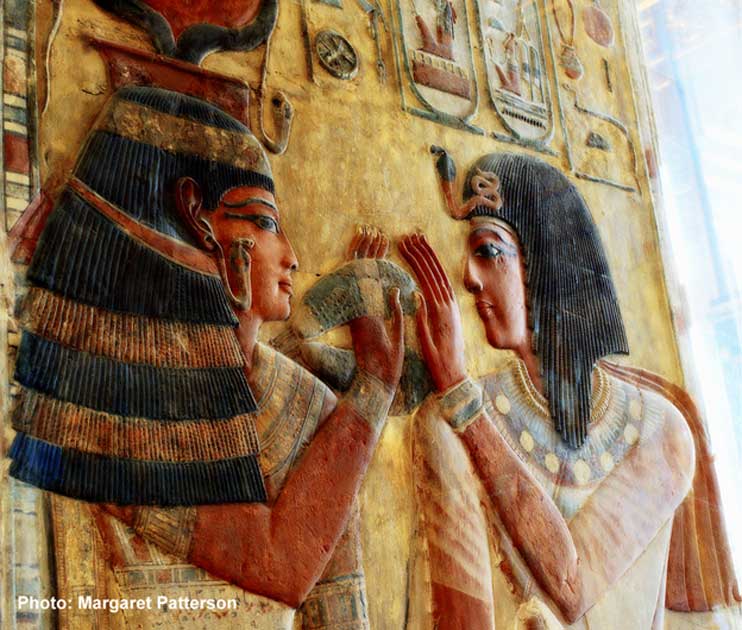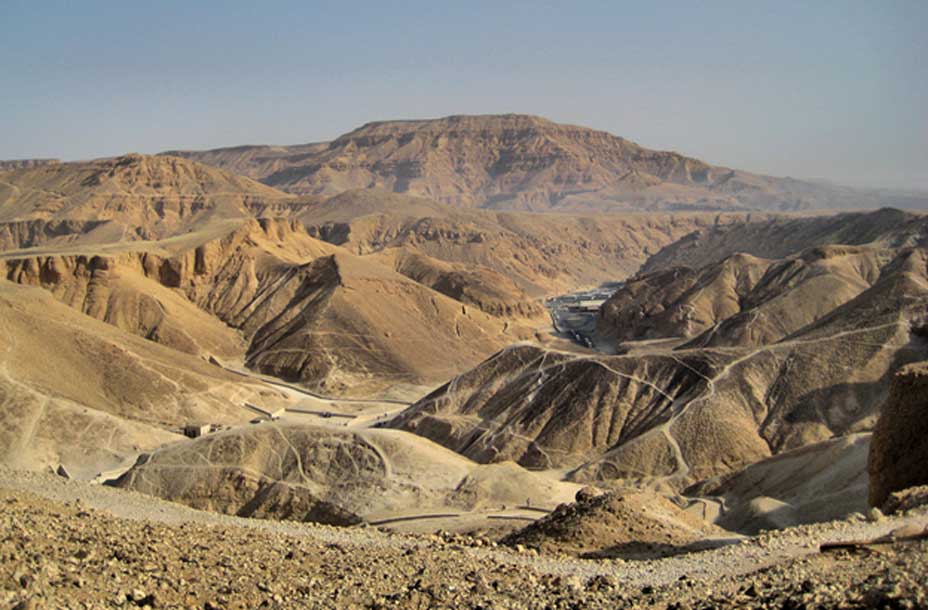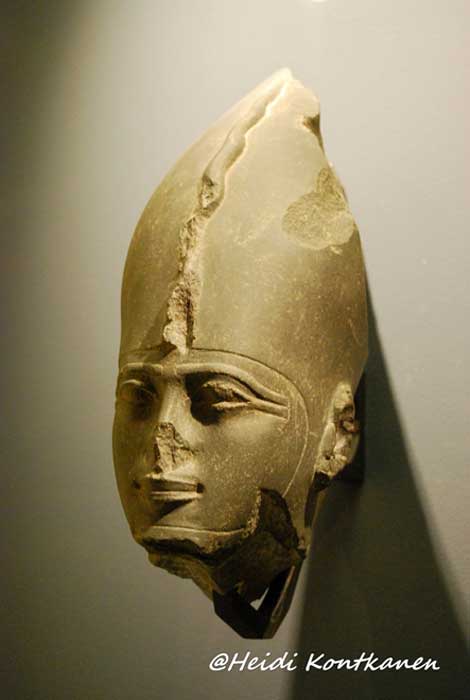
When the Falcon Had Flown: Understanding the Process of Stocking Pharaonic Tombs – Part I
Given their overwhelming belief in the Afterlife, did ancient Egyptian royalty organize their tombs in advance of their eventual demise; or were preparations made post mortem? Although we do not possess any single book or set of texts that provide an answer to this fundamental question; there do exist writings, paintings in tombs and inscriptions on temple walls that provide clues about this process.

In this stunning relief, originally from the tomb of Seti I, the goddess Hathor is shown welcoming the king into the underworld by offering her menat necklace as a symbol of her protection. Louvre Museum, Paris.
The Valley of Gold
“Today, 3,000 years after it was abandoned, the ‘Valley of the Kings’ remains a solemn and holy place, its emptied sepulchers reflecting still the might of pharaoh’s rule and allowing a brief, tantalizing glimpse into the ancient Egyptian soul. Harsh and unyielding, the royal wadi is a picture of changelessness, emptiness, death; and yet, when Fortune favors, it possesses an extraordinary capacity to surprise,” write Dr Nicholas Reeve and Richard Wilkinson.

An overview of the ‘Valley of the Kings’ as seen from the ancient workmen’s pathways. Known as Ta-sekhet-ma’at or the Great Field, beginning in the Eighteenth Dynasty, this place served as the Royal Necropolis for 500 years. (Photo: Francisco Anzola)
Every Egyptophile will be well aware of that most central of all philosophies that this ancient society adhered to was: Life after death. For the peoples in this particular culture, and indeed many others around the world, the physical realm was ephemeral and transient. What was core in their spiritual belief systems in this regard was the Hereafter. But there was a checklist to take care of before the soul of the deceased reached that wondrous place; be it pharaoh or commoner.
For instance, a detailed set of funerary texts that comprised spells, incantations, hymns, magical words and religious writings were designed to guide the soul in its perilous journey through the Duat/Amenti or Netherworld.

Head of Osiris, Lord of the Underworld, dating to the Twenty-Sixth Dynasty. Every person became Osiris in death. Louvre Museum, Paris.




